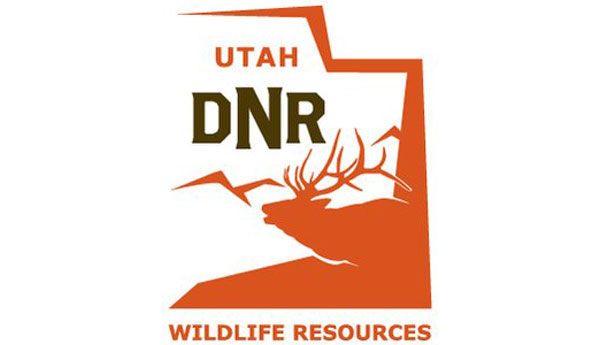
While highly pathogenic avian influenza was confirmed in domestic birds in Utah last month, the first case of the virus in a wild bird was recently confirmed after a dead great-horned owl tested positive.
High pathogenic avian influenza viruses are very contagious among birds, and can cause rapid and high mortality in domestic birds, such as chickens, turkeys and domestic ducks. These viruses occasionally kill wild birds, as well. The most common wild birds impacted by the virus are typically waterfowl, shorebirds, raptors and scavengers. There are typically few symptoms in waterfowl and shorebirds, but the virus can kill raptors and scavengers quickly. The virus is spread among birds through nasal and oral discharge, as well as fecal droppings. It can be spread to backyard poultry and domestic birds through contaminated shoes or vehicles.
A great-horned owl was found dead in Cache County on April 29, and was sent to the Utah Veterinary Diagnostic Laboratory in Logan for testing. It was then sent to the National Veterinary Services Laboratory in Ames, Iowa, which confirmed the bird had high pathogenic avian influenza. Five additional great horned owls have been found dead in Cache and Weber counties, and the Utah Division of Wildlife Resources is awaiting their test results.
Songbirds are not typically affected by avian flu, so people shouldn’t have to remove bird feeders unless they also have backyard chickens or domestic ducks, which are susceptible to the virus. However, it’s always recommended to regularly clean bird feeders and baths.
Although the current strain of the avian flu presents a low risk to people, it has been confirmed in at least one person in Colorado during this most recent outbreak. Visit the CDC website for more information on keeping yourself safe.
“If anyone finds a group of five or more dead waterfowl or shorebirds or any individual dead scavengers or raptors, they should report it to the nearest DWR office and absolutely make sure not to touch the birds or pick them up,” DWR veterinarian Ginger Stout said. “Just report it to us, and we will come collect them for testing. We are continuing to monitor this virus in wild bird populations. It typically doesn’t have much of an impact on the overall populations of waterfowl, but it’s likely that we will have some die now that it’s been confirmed in wild birds in the state.”
The last outbreak of avian flu in the U.S. occurred in 2014-15, when highly pathogenic strains of avian influenza were detected in wild birds of the Pacific, Central and Mississippi flyways. During that outbreak, the virus was detected in two healthy ducks in Utah.
For more information about the current avian flu outbreak, visit the DWR website.
A humble homesteader based in an undisclosed location, Lars Drecker splits his time between tending his little slice of self-sustaining heaven, and bothering his neighbors to do his work for him. This is mainly the fault of a debilitating predilection for fishing, hunting, camping and all other things outdoors. When not engaged in any of the above activities, you can normally find him broken down on the side of the road, in some piece of junk he just “fixed-up.”
